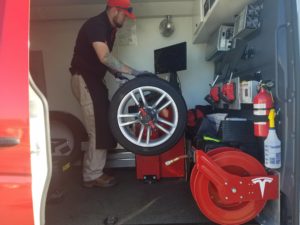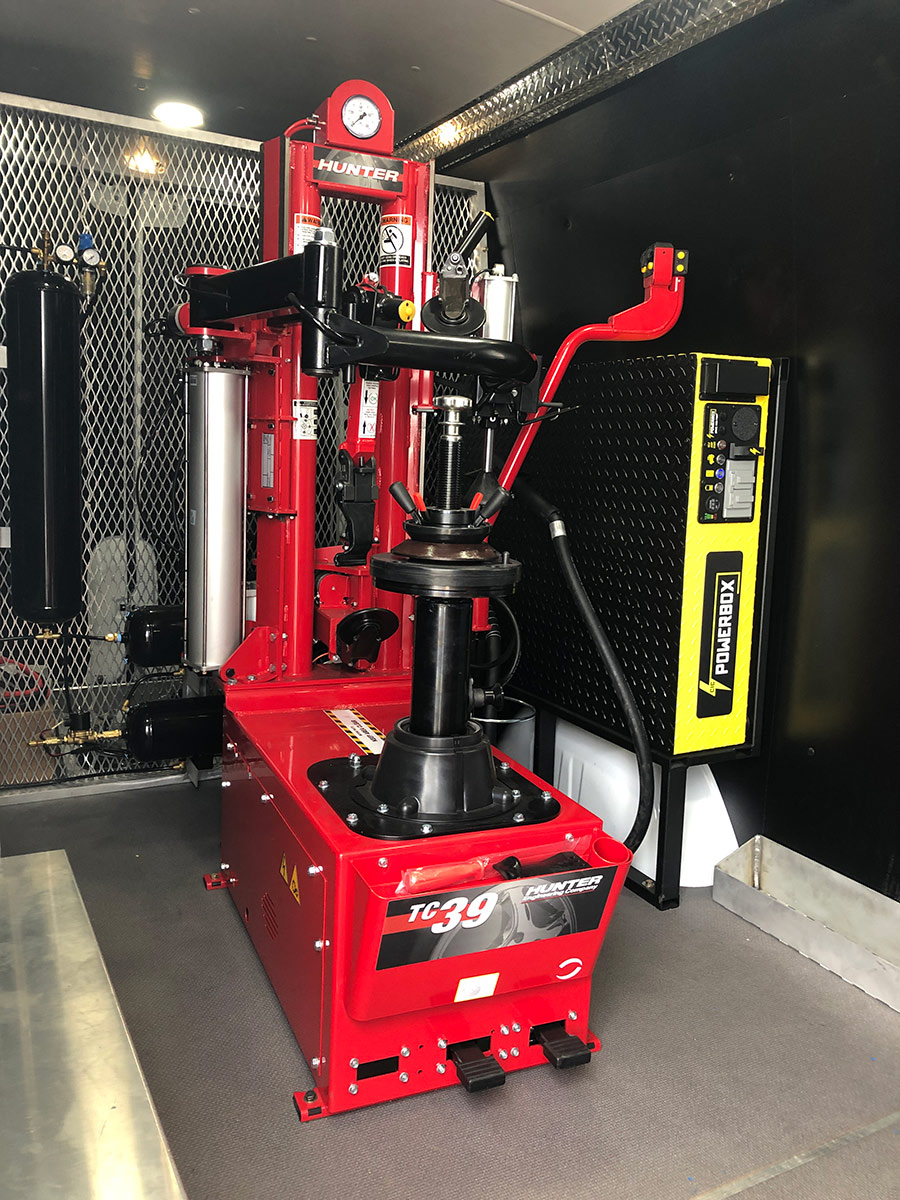Quick Feedback Mobile Tire Change Service in Las Vegas
Quick Feedback Mobile Tire Change Service in Las Vegas
Blog Article
Tire Service: Proven Techniques for Optimum Tire Maintenance and Treatment
Keeping optimum tire problem is extremely important for both safety and security and performance of any vehicle. From guaranteeing appropriate tire pressure to regular turning and positioning, there are proven methods that can substantially expand the life expectancy of your tires and enhance total driving experience. As we check out the ins and outs of tire treatment and upkeep, we will certainly discover essential guidelines that every lorry owner ought to stick to for the finest feasible results. Let's explore the world of tire solution and uncover the secrets to maintaining your tires in first-class form for the long run.
Relevance of Tire Pressure
Sufficient tire stress advertises much better gas effectiveness, as under-inflated tires can lead to increased rolling resistance, creating the engine to function more difficult and eat more fuel. Proper tire pressure makes certain even walk wear, enhancing tire durability and conserving money in the lengthy run by postponing the need for premature substitutes. Regularly adjusting and inspecting tire stress, specifically before long trips, is an easy yet efficient means to enhance automobile efficiency, extend tire life expectancy, and prioritize security on the roadway.
Tire Turning Standards
When thinking about tire turning guidelines, it is necessary to comprehend the relevance of this upkeep task in making the most of tire life-span and preserving optimal lorry performance. Tire turning involves transforming the position of each tire on a car to make certain even step wear. Front tires often tend to put on quicker than back tires as a result of guiding forces, making regular rotation crucial for balanced wear patterns. The advised turning pattern differs relying on whether a lorry is front-wheel, rear-wheel, all-wheel, or 4x4. Commonly, tires should be revolved every 5,000 to 7,500 miles, or as suggested in the automobile handbook. Ignoring tire rotation can lead to irregular wear, impacting handling, traction, and possibly compromising automobile safety. By sticking to correct rotation guidelines, vehicle drivers can expand the life of their tires, enhance gas efficiency, and boost total driving experience. Routine turning is a basic yet efficient upkeep method that contributes significantly to tire long life and car performance.

Advantages of Wheel Alignment
Making sure proper wheel positioning this page after tire turning is crucial for maintaining well balanced wear patterns and maximizing automobile performance. Wheel alignment refers to the modification of the angles of the wheels to the supplier's specifications. One of the essential benefits of wheel placement is boosted handling and steering response. When the wheels are properly lined up, it minimizes guiding initiative, guaranteeing a smoother and much more regulated driving experience. Furthermore, right wheel placement helps to extend the lifespan of your tires. Misaligned wheels can cause uneven tire wear, resulting in premature tire replacement and increased maintenance prices.

Tire Tread Deepness Examine
Performing a normal inspection of tire step depth is necessary for maintaining secure driving problems and extending the lifespan of your tires. Irregular walk wear can indicate concerns with tire positioning, suspension, or stress, highlighting the importance of regular walk deepness checks. By integrating tire step deepness checks into your routine maintenance routine, you can drive with self-confidence knowing that your tires are in leading condition.
Seasonal Tire Examination
Seasonal tire inspection is a fundamental facet of tire upkeep that makes sure tires are prepared to encounter the difficulties presented by various climate problems. In prep work for wintertime, it is necessary to inspect you can try these out the tire stress on a regular basis as chilly temperature levels can trigger tire pressure to drop. By performing regular seasonal tire assessments, motorists can lengthen tire life-span, improve fuel efficiency, and most notably, make certain a safe driving experience in varying climate problems.
Verdict
Finally, maintaining proper tire stress, turning tires frequently, aligning wheels appropriately, monitoring step deepness, and carrying out seasonal inspections are crucial techniques for ideal tire treatment. By adhering to these verified company website methods, drivers can guarantee their tires last much longer, do much better, and contribute to total car safety and security. It is very important to prioritize tire maintenance to prevent mishaps, boost fuel effectiveness, and extend the lifespan of tires.
Appropriate tire pressure promotes much better gas efficiency, as under-inflated tires can lead to boosted rolling resistance, causing the engine to work more challenging and consume more fuel.When considering tire rotation standards, it is necessary to understand the significance of this upkeep job in making best use of tire lifespan and preserving optimum vehicle performance. Seasonal tire examination is a fundamental aspect of tire maintenance that makes certain tires are all set to face the challenges positioned by various weather condition problems. By conducting routine seasonal tire inspections, chauffeurs can extend tire life-span, boost gas performance, and most notably, make sure a safe driving experience in differing climate problems.
In verdict, keeping correct tire stress, rotating tires on a regular basis, straightening wheels appropriately, monitoring tread deepness, and conducting seasonal evaluations are vital methods for ideal tire care.
Report this page